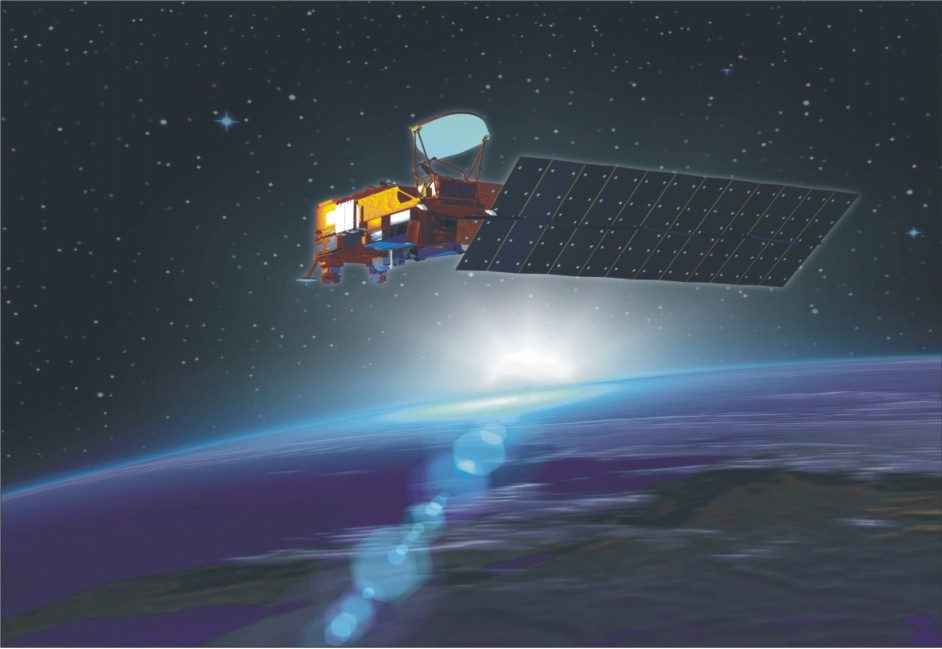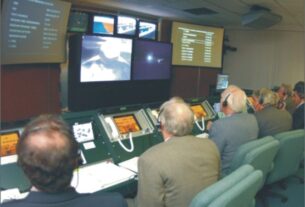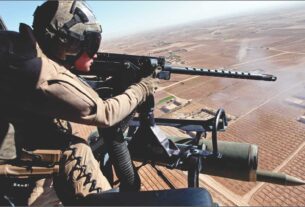India has always found France to be a hassle free partner in wide ranging areas of strategic importance including defence, high technology and scientific research.
Significantly, Indo-French defence and high-tech partnership has not been marred either by the kind of ‘sanctions and technology embargo’ that US administration has been accustomed to slapping off and on or by the kind of blackmail that Russians have perfected in terms of extracting an unreasonably high price mid way through the implementation of an already finalized contract.
France, which has recognized the strategic importance of India, was one of the few countries which did not condemn India for 1998 Pokhran nuclear blasts. Mirage-2000 combat aircraft in service with the Indian Air Force (IAF) and the contract for the Scorpene class submarines for the Indian Navy point out to the dynamics of the Indo-French defence ties.
Apparently, France has been a major source of assistance to the Indian space programme. From the Centaure sounding rocket that France provided to the Indian Space Research Organisation (ISRO) during its early years for flight testing from the Thumba Equatorial Rocket Launching Station (TERLS) near Thiruvananthapuram for the study of upper atmospheric electro-jet to the technology it made available to India for developing the second stage propulsion system of the trusted space workhorse PSLV (Polar Satellite Launch Vehicle), France has proved to be a reliable partner in the progress of the Indian space programme.
It is a tribute to the growing importance of the Indo-French space cooperation that French President Nicolas Sarkozy and his wife Carla Bruni paid a visit to the ISRO Satellite Centre in Bangalore in December.
Joint projects
Sarkozy, who along with Bruni viewed the Indo-French climate research Megha Tropiques in a clean room of ISRO Satellite Centre, hailed the achievements of ISRO. “The CNES (French space agency) and ISRO will develop a new research programme together,” observed Sarkozy.
Going ahead, he described Indo-French space collaboration as a symbol of refusal “to allow the space adventures to become the monopoly of just one or two states.” Sarkozy also said that all the states that had the means should “remain in space” because “ the conquest of space in support of human development helps us meet the critical challenges of our times.”
Both France and India look at space as a zone of peace and tranquillity. Obviously, both the countries are opposed to the militarization of outer space. Further, India and France consider outer space to be the common resource of mankind which need to be exploited in a sustainable manner for the all round progress of the humanity. On his part, ISRO Chairman K Radhakrishnan has said that along with Megha Tropiques, another Indo-French satellite mission Saral will be launched during the course of 2011 by means of the four stage PSLV featuring alternate liquid and solid fuel driven stages.
These joint projects represent “the rich legacy of cooperation between the two space agencies.” He also stated that ISRO and CNES would continue to work together and explore new domains including climate change and other cutting edge research areas.
Megha Tropiques (Megha means cloud in Sanskrit and Tropiques means Tropics in French) is specifically designed for getting an insight into the dynamics of the tropical weather and climate including understanding the life cycle of convective systems and their role in the associated energy and moisture budget of the atmosphere.
This satellite, taken up for development as part of the MoU signed between CNES and ISRO in 2004, is planned to be launched at the head of PSLV from Satish Dhawan Space Centre(SDSC) in Sriharikota island located about 90-kms to the north of Chennai into a 867-km orbit with an inclination of 20 degrees with respect to the equatorial plane.
Megha Tropiques will cover the tropical belt from 20 degrees north to 20 degrees south. This spacecraft, which weighs around 1000-kg, will carry following scientific instruments:
• Microwave Analysis and Detection of Rain and Atmospheric Structure (MADRAS), an imaging radiometer developed jointly by CNES and ISRO.
• SAPHIR, a six channel humidity sounder.
• SCARAB, a four channel scanner for radiation budget measurement.
• GPS radio occultation system to provide vertical profiles of temperature and humidity of the earth’s atmosphere.
The second Indo-French satellite SARAL featuring a Ka band altimeter (Altika) to study the ocean surface and a data collection platform ARGOS will also be launched by means of PSLV during the course of 2011.
SARAL scientific instruments will be accommodated in a mini satellite bus which weighs around 400- 450-kg and power generation of 800-watts.
SARAL will provide data products to the operational and research user communities in support of marine meteorology and sea state forecasting; operational oceanography; seasonal forecasting; climate monitoring as well as ocean earth system and climate research.
ISRO has also signed two commercial agreements with the European space transportation company Arianespace for launching two Indian satellites – Gsat-8 and Gsat-10 – by means of the well proven Ariane-5 vehicle.
Gsat-8 featuring 24 Ku band transponders and a GPS and GEO augmented navigation system to support Gagan, India’s satellite based air traffic control and management system to support civilian air traffic over the Indian airspace and adjoining areas, will be launched sometime this year. The 3100-kg Gsat-8 will considerably enhance Indian capability in satellite based DTH services.
So far, Arianespace has launched 12 Indian satellites on commercial terms. Because ISRO has not yet been able to qualify its three stage GSLV owing to the hitches in the home grown cryogenic stage, heavier class Indian communications satellites are being orbited by Arianespace on commercial terms.
French space agency CNES holds 34 per cent stake in Arianespace which offers launch services and solutions to satellite operators from across the world including both the private companies and the government agencies.
Strong alliance
According to Radhakrishnan, ISRO has renewed its five year strategic alliance with EADS Astrium described as Europe’s leading space company in which France is a partner. This strategic alliance is aimed at commercial collaboration between these two agencies in the area of communications satellites.
The alliance between Antrix, the Bangalore based commercial arm of ISRO and EADS Astrium mainly focuses on jointly addressing the commercial market for communications satellites with the payload power below 4-kW and a launch mass in the range of two to three tonne.
Incidentally, Antrix-EADS Astrium collaboration has resulted in the successful development of two advanced communications spacecraft-W2M for Eutelsat and Hylas for Avanti Communications.
While the service payloads for these two satellites were provided by EADS Astrium, ISRO Satellite Centre made available the satellite bus and integrated the payloads in an arrangement described as win-win collaboration.
India’s first operational launch vehicle, PSLV which has so far accomplished seventeen successful missions and has a well proven multi-payload and multi-mission capability, has for its second stage Vikas liquid fuel driven engine which was originally developed with the French assistance.




